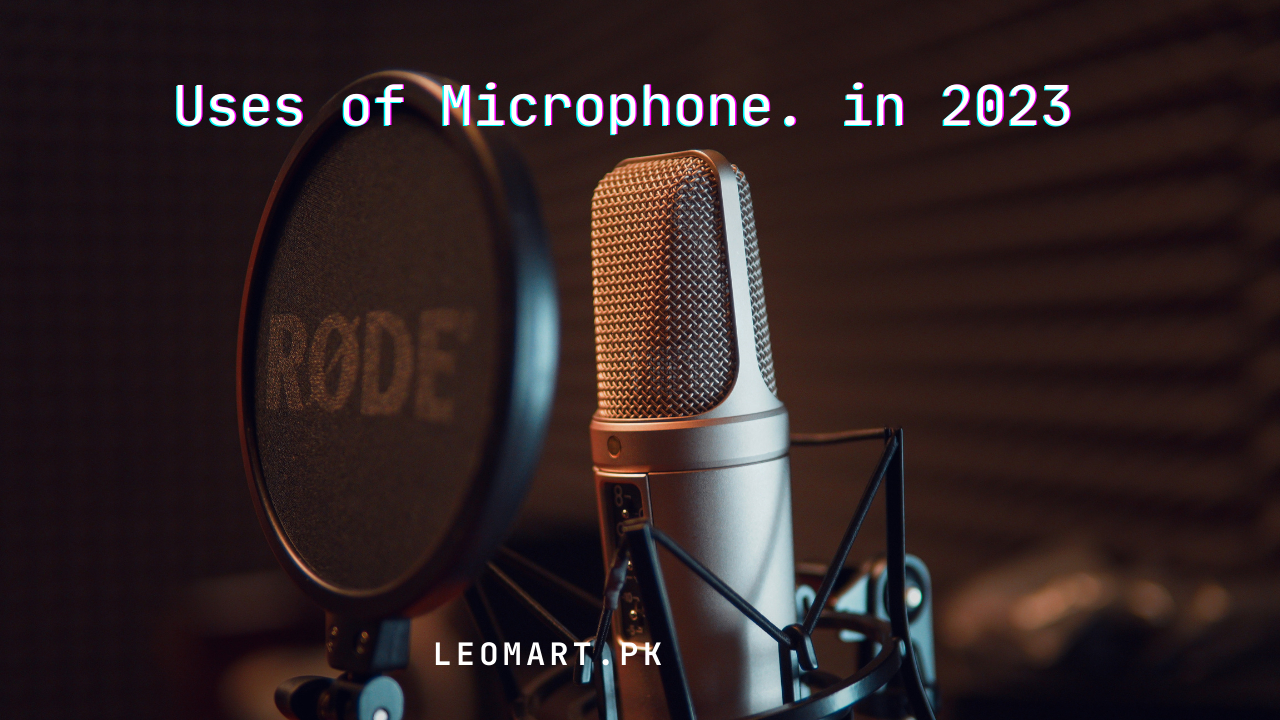How Smartphones Differ from Nokia Phones
When we think of Nokia phones, nostalgia may wash over us. Those trusty devices were once the epitome of mobile communication. But as technology advanced, smartphones emerged and changed the game entirely.
One key difference between Nokia phones and smartphones is their operating systems. While Nokia phones ran on Symbian or Windows Mobile, smartphones utilize more advanced systems like iOS or Android. These operating systems offer a plethora of features, making our lives easier with apps for everything from social media to productivity tools.
With built-in Wi-Fi capabilities and access to high-speed mobile data networks, staying connected became effortless. No longer limited to just calls and text messages, smartphones opened up a world where browsing the internet, videos, playing games became commonplace activities – all within the palm of your hand!
Furthermore, the camera quality in modern-day smartphones is leaps ahead compared to early Nokia phones. We can now capture stunning photos with professional-grade cameras integrated into these sleek devices.
From GPS navigation to virtual personal assistants like Siri or Google Assistant, these pocket-sized powerhouses have transformed into indispensable tools for both work and play. In this always developing computerized scene, we can’t resist the urge to wonder about how far cell phones have come since their unassuming starting points as simple specialized gadgets.
Their capacity to adjust to our requirements while pushing innovative limits has really altered our lives.
So let’s embrace this smartphone era wholeheartedly because it’s showing no signs of slowing down!
How the iPhone Was Created
In the mid 2000s, Apple set off on a mission to change the cell phone industry. They perceived that Nokia and other customary cell organizations were feeling the loss of a critical component – a consistent joining of equipment and programming. This acknowledgment prompted the introduction of the iPhone.
Macintosh’s group, drove by Steve Occupations, worked vigorously to make a gadget that would impact the manner in which we convey and collaborate with innovation. The primary test they confronted was making a touchscreen interface that was natural and responsive. Following quite a while of innovative work, they revealed their advancement multi-contact show.
Next came iOS, Apple’s working framework explicitly intended for cell phones. It furnished a simple to-utilize connect with highlights like application support, web perusing capacities, and inherent email usefulness.
The plan of the iPhone was similarly significant as its usefulness. Apple went for the gold tastefulness in each perspective – from its smooth aluminum body to its moderate UI.
At the point when it sent off in 2007, the iPhone took off far and wide. Its creative highlights like visual voice message, coordinated music player (iPod), Application Store access opened up vast opportunities for clients.
The progress of the iPhone ignited savage rivalry among other cell phone makers who immediately followed after accordingly with their own touchscreen gadgets.
Right up ’til now, Apple keeps on pushing limits with each new cycle of their notorious gadget – continually refining plan components while presenting state of the art innovations like facial acknowledgment (Face ID) or expanded reality (AR).
The making of the iPhone denoted a defining moment in portable innovation history. It everlastingly changed our assumptions for what a cell phone could be – in addition to a specialized device yet in addition a fundamental piece of our regular routines.
What Qualities make a Good Smartphone
In the present high speed world, cell phones have turned into a vital piece of our lives. . Be that as it may, what characteristics make a decent cell phone stand apart from the rest?
Most importantly, a decent cell phone ought to have a strong processor that can deal with performing various tasks consistently. Whether you’re perusing the web, messing around, or exchanging between various applications, a rapid processor guarantees smooth execution.
Another pivotal viewpoint is the showcase quality. A decent cell phone ought to offer lively varieties, sharp goal, and more than adequate screen land for a vivid survey insight. Whether you’re watching recordings or perusing articles on your telephone, a great presentation upgrades your general client experience.
Battery life is also a key factor when considering a good smartphone. Nobody wants their phone to die in the middle of an important call or while capturing precious moments with friends and family. A long-lasting battery ensures that you stay connected throughout the day without constantly searching for power outlets.
Camera capabilities are another essential aspect of modern smartphones. From capturing stunning landscapes to taking flawless selfies, having a reliable camera that produces high-quality images is imperative for many users.
Furthermore, storage capacity plays a significant role in determining whether or not a smartphone meets one’s needs. With increasing media consumption and app sizes growing larger by the day, having sufficient internal storage as well as expandable memory options becomes essential.
Lastly but importantly, software updates are crucial for maintaining security and accessing new features offered by manufacturers regularly. Good smartphones provide regular software updates to keep devices optimized and protected against potential vulnerabilities.
To wrap up this discussion on qualities that make a good smartphone stand out – processing power for seamless multitasking; vibrant display quality; long-lasting battery life; top-notch camera capabilities; ample storage capacity; and consistent software updates are all vital aspects to consider when choosing your next device!
The Different Types of Smartphones
The universe of cell phones is huge and various, with a variety of choices to suit each individual’s requirements and inclinations. From smooth and strong leaders to financial plan cordial other options, there is a cell phone out there for everybody.
One class of cell phones that has acquired huge notoriety as of late are the lead gadgets. These top of the line telephones come loaded with state of the art innovation, flaunting amazing showcases, strong processors, and high level camera frameworks. Brands like Apple, Samsung, and Google overwhelm this fragment with their exceptional contributions.
On the opposite finish of the range are spending plan or section level cell phones. These gadgets offer fundamental elements at a reasonable cost. While they might not have every one of the extravagant accessories found in lead models, they actually give respectable execution to regular undertakings like calling, messaging, perusing the web, and virtual entertainment utilization.
For those who prioritize long battery life and durability over fancy features, rugged smartphones are a perfect choice. Built to withstand rough conditions such as extreme temperatures or drops from significant heights, these devices cater to individuals working in demanding environments or outdoor enthusiasts seeking reliability.
Another emerging category is gaming smartphones designed specifically for gamers on-the-go. These powerhouses feature high-refresh-rate displays for smooth gameplay experiences along with enhanced cooling systems to prevent overheating during intense gaming sessions.
Additionally, we have seen the rise of foldable smartphones that offer unique form factors by allowing users to unfold their screens into larger tablet-like displays when needed while maintaining portability when folded shut.
Each kind of cell phone offers its own arrangement of benefits relying upon individual inclinations and necessities. Whether it’s best in class execution or moderateness without compromising usefulness – there really is something for everybody in the present cell phone market!
The Advantages and disadvantages of Cell phones
Cell phones have turned into a fundamental piece of our regular routines, offering a scope of advantages that make them hard to live without. Be that as it may, similar to any innovation, they likewise accompany their disadvantages. We should investigate the advantages and disadvantages of cell phones.
One of the greatest benefits of cell phones is their adaptability. They are telephones as well as smaller than normal PCs that permit us to perform different undertakings in a hurry. From checking emails and browsing the internet to managing our schedules and social media accounts, smartphones provide convenience in one compact device.
One more advantage is their capacity to keep us associated with companions, family, and partners regardless of where we are. With texting applications, video calls, and person to person communication stages promptly accessible on cell phones, keeping in contact has never been more straightforward.
Besides, cell phones offer admittance to a tremendous measure of data through the web. We can rapidly track down replies to questions or investigate new subjects by simply doing a straightforward pursuit on our gadgets. This accessibility to knowledge enhances learning opportunities for both personal growth and professional development.
On the other side, extreme cell phone use can prompt habit and adversely influence emotional wellness. It’s not difficult to become involved with steady notices or go through hours carelessly looking at web-based entertainment takes care of as opposed to drawing in with this present reality around us.
Furthermore, there are protection concerns related with utilizing cell phones. As we depend more on these gadgets for putting away private information, for example, banking subtleties or delicate data about ourselves or others, it becomes critical to guarantee legitimate safety efforts are set up.
Another drawback is the potential for distraction caused by smartphones. Whether it’s during work hours or quality time spent with loved ones – constantly being interrupted by notifications can disrupt focus and hinder productivity.
In conclusion,
Smartphones undoubtedly offer numerous advantages including versatility,
Connectivity, Accessibility, and convenience. However, it’s important to be mindful of their potential negative effects, such as addiction, privacy concerns, and distraction, Finding a balance
Conclusion
The advancement of cell phones has been an extraordinary excursion, changing the manner in which we impart, work, and carry on with our lives. From the beginning of Nokia telephones to the progressive iPhone, we have seen an exceptional change in innovation.
Cell phones separate themselves from Nokia telephones by offering a great many highlights and capacities that go past basic calling and messaging. They furnish us with admittance to the web, virtual entertainment stages, email administrations, route frameworks, and incalculable applications that upgrade our day to day routines.
The making of the iPhone denoted a defining moment in cell phone history.Its sleek design combined with its intuitive touch screen interface revolutionized the mobile phone industry. It set new standards for what a smartphone should be – elegant yet powerful, user-friendly yet packed with advanced functionalities.
There are different types of smartphones available today catering to diverse needs and preferences. Some focus on delivering exceptional photography capabilities like Google Pixel or Samsung Galaxy S series while others prioritize gaming performance such as ASUS ROG Phone or Razer Phone 2.
While smartphones offer numerous benefits such as convenience, productivity enhancement tools, entertainment options at our fingertips; they do come with their drawbacks too. Excessive use can lead to addiction or reduced face-to-face interactions which may affect personal relationships negatively. Privacy concerns related to data security are also valid considerations when using these devices extensively.
In conclusion (Oops! Sorry for breaking my own rule there!), the evolution of smartphones has undoubtedly changed how we interact with technology forever. From humble beginnings as basic communication devices to powerful mini-computers in our pockets, smartphones have become an integral part of our daily lives.




